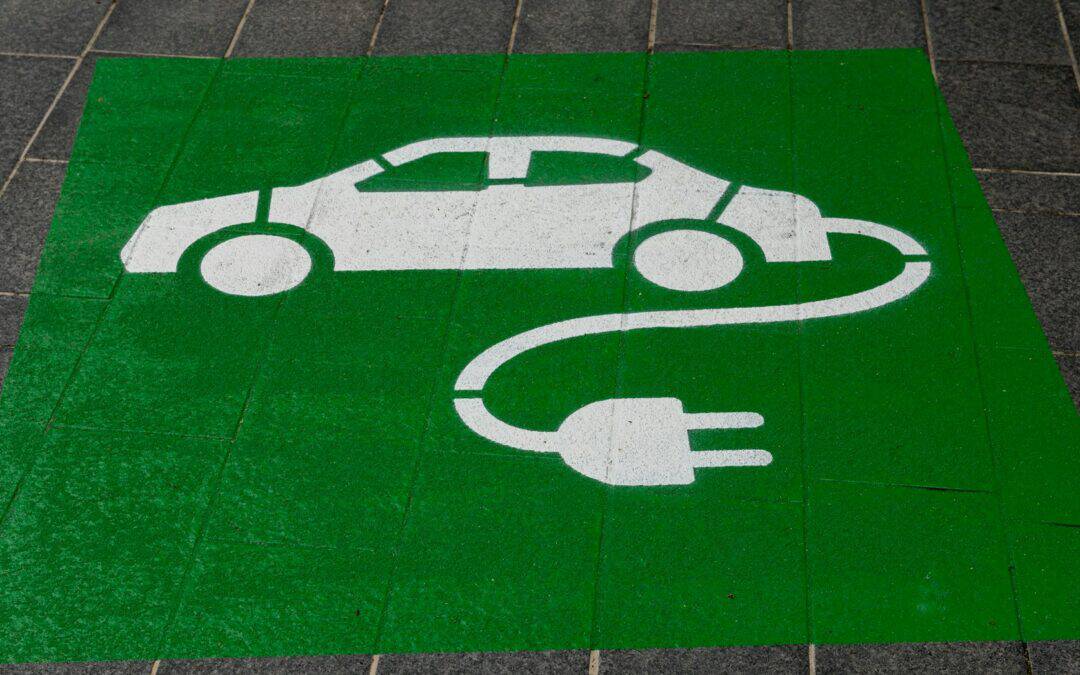China is solidifying its position as the global leader in the battery value chain, driven by strong policy support, rapid innovation, and ambitious corporate action. With more than half of the global power battery capacity and dominance in key materials, the country plays a pivotal role in shaping the industry's future.
Policy, innovation, and actions
China is emerging as the world's dominant player in the battery industry, leading in both innovation and production capacity. In 2023, the production and sales of power batteries in China reached 664.7 GWh and 616.3 GWh respectively, with annual growth of 21.8% and 32.4%. China accounts for over 50% of the installed capacity of global power batteries in 2023. Nearly 90% of the world's cathode material and over 97% of anode active materials are produced in China. The country's battery sector advances in three main areas: policy, technological innovation, and corporate action. However, it also faces fierce market competition and encounters challenges in the technological development for solid-state batteries. In January 2024, the "China All-Solid-State Battery Collaborative Innovation Platform" (CASIP) was established in Beijing, with engaged stakeholders aiming to collaborate closely on solid-state battery development through this Platform.
Sustainability transition policy
On the policy front, China's 14th Five-Year Plan (2021-2025) guides the sector's growth, placing significant emphasis on recycling and sustainability. According to incomplete statistics, China released 110 policies to new energy vehicles and power batteries in 2023, including 17 central policies and 93 local policies. Recent policies, such as the draft "Comprehensive Utilization Management Measures for New Energy Vehicle Batteries(2023)," promote the use of recycled material, although standards for lifecycle carbon footprint are still evolving. In 2024, more policies have been released. For instance, on December 23, the Ministry of Industry and Information Technology (MIIT) released the "Specifications for the Comprehensive Utilization of NEV Retired Power Batteries (2024 Edition)," which updates the 2019 guidelines to enhance the efficiency and environmental sustainability of battery recycling.
Research and Innovation
Technological innovation is spearheaded by companies, like CATL, BYD, and Sunwoda, which are focusing on high-capacity and fast-charging batteries. Lithium iron phosphate and ternarymaterials dominate the Chinese market, with square batteries accounting for 89.5% of the total installed capacity of power batteries. Innovations in material, electrochemistry systems, structure, manufacturing process and business models are the core areas of efforts, including condensed battery with significantly higher power capacity, superfast charging technologies and improved production processes. While there are perceptions of a lag in the development of solid-state batteries, major Chinese players asset that their advancements in this area are catching up. Furthermore, China's progress in material recycling indicates that it may achieve circularity for key materials years ahead of Europe and the U.S., despite facing challenges in the supply of critical materials. However, other investigations suggest that China's recycling rate for power batteries was less than 25% until 2023, indicating potential market opportunities for European and Swedish companies.
Sustainability-driven business
From a corporate responsibility perspective, Chinese companies prioritize renewable energy and efficient resource use. As of August 2024, there are around 46 power battery industry companies listed in China's A-shares market, 18 of which have joined the mandatory ESG disclosure list. While companies are beginning to disclose their carbon footprint and management strategies, few have reported on scope 3 emissions. The utilization rate of power battery production capacity has been declining since 2023, creating challenges as supply outpaces the installed capacity demand from automakers.
NMC and LFP, leading battery chemistries currently in world, are dominated by China. Attempting to replicate the NMC and LFP supply chains is quite risky. Northvolt's bankruptcy protection filing on November 21, 2024 has also attracted widespread attention in China. Except Northvolt, other EU companies have also made significant strides, such as in July 2024, BASF announced a reassessment of its global investment strategy in battery materials, including its operations in China; InoBat partnering with Gotion High Tech for an EV battery plant; Stellantis collaborating with CATL on a €4.1 billion Spanish factory; and Orano working with XTC New Energy on material production ventures in France.
Key information sources:
- China Automotive Power Battery Industry Innovation Alliance: China's power battery installed demand is expected to grow 35.9% in 2024 (in Chinese)
- China’s position in the global race for alternative EV batteries (in English)
- China Forms Solid-State Battery Consortium With CATL, BYD, Nio, CALB, And Others (in English)
- Major targets in 14th Five-Year Plan (in English)
- New Energy Vehicle Power Battery Comprehensive Utilization Management Measures (Exposure Draft) Public Notice (in Chinese)
- Innovation at BYD (in English)
- Technology Brand (CATL) (in English)
- BYD, CATL form Chinese powerhouse for solid-state EV batteries (in English)
- Exploring the potential impact of electric passenger vehicle battery recycling on China's cobalt supply and demand under the goals of carbon peaking and carbon neutrality during 2010–2060 (in English)
- A battery value chain independent of primary raw materials: Towards circularity in China, Europe and the US (in English)
- "Battery passport" becomes a curse for going overseas, 18 A-share battery companies such as CATL and BYD are forced to disclose ESG reports (in Chinese)
- Battery Innovation System of China (in English)
- Interpretation of the Industry Specification Conditions for Comprehensive Utilization of Used Power Batteries for New Energy Vehicles (2024 Edition) (in Chinese)
- The Ministry of Industry and Information Technology released the 2024 version of the new energy automobile waste power battery comprehensive utilization industry standard conditions (in Chinese)
- BASF reviews battery chemical investment push amid EV dip (in English)
- Slovak battery maker InoBat raises 100 mln euros in latest funding round (in English)
- France's Orano to set up two JVs with China's XTC (in English)

